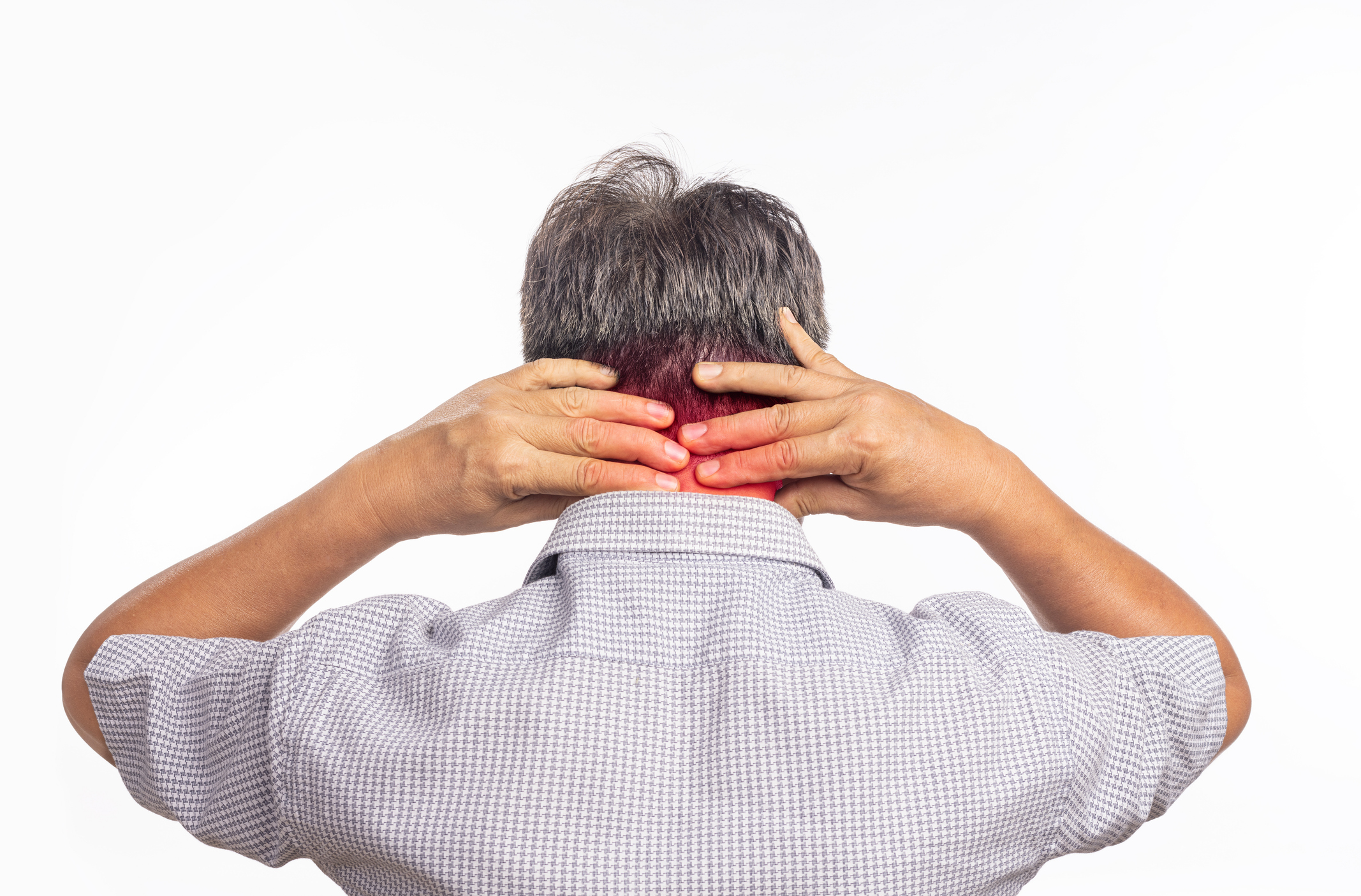Understanding Cervical Radiculopathy: Causes, Symptoms & Treatment Options
Updated:

Cervical radiculopathy—commonly referred to as a “pinched nerve” in the neck—is a condition that occurs when a nerve root in the cervical spine (neck) becomes compressed or irritated. This can result in pain, weakness, numbness, or tingling that radiates from the neck into the shoulder, arm, and fingers. Though potentially debilitating, cervical radiculopathy is often treatable, especially when diagnosed early.
What Is Cervical Radiculopathy?
Cervical radiculopathy arises when a spinal nerve in the neck is compressed at the point where it exits the spinal column. This compression disrupts normal nerve function, leading to symptoms along the nerve’s pathway.
What are the Common Causes of Cervical Radiculopathy?
Several spinal conditions can contribute to the development of cervical radiculopathy, including:
- Herniated Disc – A disc bulging out of its normal space can impinge on nearby nerve roots.
- Degenerative Disc Disease – Age-related changes in spinal discs may reduce disc height and space, leading to nerve irritation.
- Bone Spurs (Osteophytes) – Bony growths that form due to osteoarthritis can compress nerve tissue.
- Trauma or Injury – Accidents or falls may cause disc or vertebral damage.
- Spinal Stenosis – Narrowing of the spinal canal can lead to nerve compression.
Recognising the Symptoms
The specific symptoms vary depending on which cervical nerve root is affected. However, common signs include:
- Sharp or burning pain in the neck, shoulder, arm, or hand
- Tingling or “pins and needles” sensations
- Muscle weakness in the shoulder or hand
- Pain worsened by neck movement (rotation)
- Decreased reflexes in the upper limbs
In most cases, symptoms are felt on one side of the body (but NOT the leg), although bilateral symptoms can occur in rare instances.

Diagnosis
A comprehensive diagnostic approach is essential. This typically includes:
- Clinical examination to assess nerve function, reflexes, and muscular strength
- MRI or CT imaging to identify structural causes of nerve compression
- Electromyography (EMG) to evaluate electrical activity in muscles and nerve conduction
Treatment Options
1. Conservative (Non-Surgical) Management
The majority of cases improve with non-operative treatment, which may include:
- Activity modification and rest
- Targeted physiotherapy to improve spinal alignment and muscle support. This is challenging in acute, severe cases of pain. Massage and trigger point therapy can sometimes be used to lessen symptoms whilst natural recovery takes place.
- NSAIDs to reduce pain and inflammation
- Cervical collars should NOT be used – this makes the paraspinal muscles lazy and leads to greater problems later on.
- Cervical nerve root block injections for severe or persistent pain beyond six weeks.
2. Surgical Intervention
If conservative treatment fails or neurological deficits worsen, surgery may be required. Common procedures include:
- Anterior Cervical Discectomy and Fusion (ACDF)
- Cervical Disc Replacement
- Posterior Cervical Foraminotomy
Surgical decisions are made based on the severity of symptoms, imaging findings, and patient-specific factors.
Home Management Tips
Patients are often encouraged to adopt the following measures:
- Use a supportive neck pillow at night – thin and supportive is better than soft and fluffy
- Avoid cradling the phone between shoulder and ear
- Apply ice or heat packs as needed
- Maintain correct posture, especially during desk work
- Practice gentle neck and shoulder stretches under professional guidance
When to Seek Specialist Care
Prompt referral to a spine specialist is recommended if:
- Pain persists beyond a few weeks
- Muscle weakness or coordination issues arise
- Symptoms interfere with sleep, work, exercise or daily function
- Any numbness or weakness of the legs (this can suggest spinal cord compression)
Expert Care at Spine Art
At Spine Art, patients with cervical radiculopathy benefit from specialist-led care delivered with clinical excellence and compassion. Mr. Dan Fagan, a highly experienced spinal consultant, offers expert evaluation and evidence-based treatment for neck and nerve-related conditions.
Mr. Fagan provides a tailored approach—ranging from conservative management to advanced surgical techniques—to help patients regain mobility, reduce pain, and restore their quality of life. To learn more or book a consultation with Mr. Dan Fagan, contact the Spine Art team.








